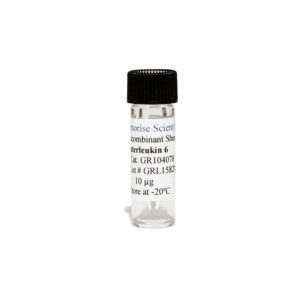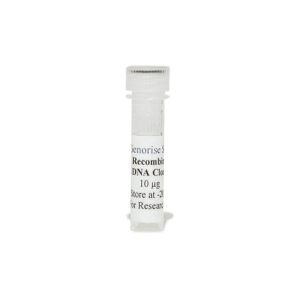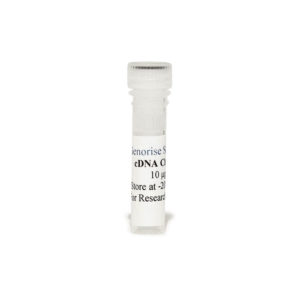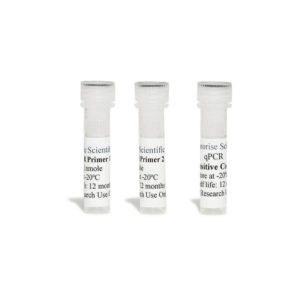Recombinant Canine IL-15
$99.00 – $456.00
DataSheet CoA SDS
The recombinant canine IL-15 protein is derived from in vivo expression of canine IL-15 gene in E. coli and purified using his-tag affinity column and can be used in multiple applications such as cell culture, ELISA and western blot.
Alternative names for IL-15: Interleukin 15
This product is for Laboratory Research Use Only not for diagnostic and therapeutic purposes or any other purposes.
- Description
- Product Citations
- Reviews (0)
Description
Genorise Recombinant Canine IL-15 Summary
Alternative names for IL-715: Interleukin 15
Alternative name for canine: Dog
Product Specifications
| Purity | > 97%, by SDSPAGE under reducing conditions and visualized by silver stain. |
| Endotoxin Level | < 0.1 EU per 1 μg of the protein by the LAL method. |
| Activity | Measured in a cell proliferation assay using MO7e human megakaryocytic leukemic cells.
The ED50 for this effect is typically 0.9-3.8 ng/ml. |
| Source | E. coli derived canine IL-15. |
| Accession # | F1PI19 |
| N-Terminal Sequence Analysis | Thr |
| Amino Acid Sequence | Thr27-Asn160 |
| Predicted Molecular Mass | 14 kDa |
| SDS-PAGE | 14 kDa, reducing conditions |
Background:
Interleukin 15 (IL-15) is a cytokine with structural similarity to IL-2. Like IL-2, IL-15 binds to and signals through the IL-2/IL-15 beta chain (CD122) and the common gamma chain (gamma-C, CD132) (1, 2, 3). IL-15 is secreted by mononuclear phagocytes (and some other cells) following infection by virus. Interleukin 15 (IL-15) regulates T and natural killer (NK) cell activation and proliferation. Survival signals that maintain memory T cells in the absence of antigen are provided by IL-15. This cytokine is also implicated in NK cell development. IL-15 receptor, which binds IL-15 propagates its function. Some subunits of the IL-15 receptor are shared in common with the receptor for a structurally related cytokine called interleukin 2 (IL-2) allowing both cytokines to compete for and negatively regulate each other’s activity (4, 5). CD8+ memory T cell number is controlled by a balance between IL-15 and IL-2. When IL-15 binds its receptor, JAK kinase, STAT3, STAT5, and STAT6 transcription factors are activated to elicit downstream signaling events.
References
- Grabstein, K. et al. (1994) Science 264:965.
- Budagian, V. et al. (2006) Cytokine Growth Factor Rev.17:259.
- Ma, A. et al. (2006) Annu. Rev. Immunol. 24:657.
- Giri, J. et al. (1994) EMBO J. 13:2822.
- Duitman, E.H. et al. (2008) Mol. Biol. 28:4851.
Product Citations
Be the first to review “Recombinant Canine IL-15”
You must be logged in to post a review.





























Reviews
There are no reviews yet.